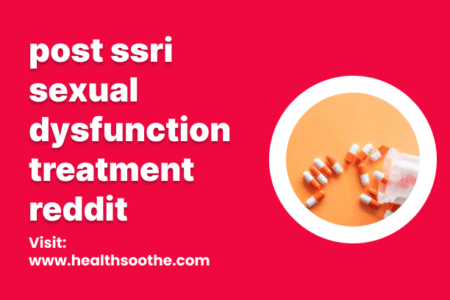Technology disrupts healthcare in many ways: how patients are diagnosed and treated and how the hospital workflow is organized. Leading-edge technologies like Artificial Intelligence-assisted care, telehealth, Internet of Things, machine learning provide unparalleled solutions to connect patients to healthcare and deliver medical services to them. In today’s article, we will show how technology can drive a shift in clinical trials.
Clinical trials mean research studies involving human beings in order to evaluate the efficacy and safety of a new drug, vaccine or medical device or to expand the indications for the use of an existing drug or treatment on the market. As a matter of fact, clinical trials are the quickest way to get new therapies that help patients.
However, while conducting trials, researchers face challenges, including, patients recruitment and retention, data and sites management, regulations compliance. Below are four ways technologies ease the burden of these challenges in clinical trials yet today.
Improved clinical trials remote monitoring
Clinical trial sponsors are held accountable for patients safety and the quality of the clinical trials outcomes. With this end in view, control of multiple study sites made researchers to spend 60% to 80% of their business hours traveling to sites before the COVID-19 pandemic. Technology-enabled remote monitoring makes it possible to check data and documents online, identify protocol incompliance, and fix other deviations.
In 2020, U.S. Diablo Clinical Research collaborated with Pfizer in vaccine trials and had to opt for remote monitoring to be able to check the data almost as soon as it was released.
“The turnaround time for this was like nothing we’d ever really experienced,” says Catherine Morimoto, Diablos’ Director of Clinical Research.
Meanwhile, faster data review entails faster submission and, hopefully, faster drug approval. In other words, due to technology, patients may receive long-awaited therapies quicker and that’s what happened with the COVID-19 vaccine.
Diverse patient recruitment
In the United States, there is a serious imbalance when it comes to the participation of the population in clinical research. The other side of the coin is that diversity and inclusion are prerequisites for clinical trials as required by the FDA.
Technology-driven clinical trial e-systems, online drives, wearable devices, smartphone-based apps remove physical barriers and reduce patients’ dependency on in-person site visits. Technology and healthcare software development also enhance patient retention as researchers may regularly communicate with patients, provide them with updates and be available instantly as needed. Besides, breakthrough software solutions allow pharmaceutical trial sponsors to engage patients internationally while the latter receive access to the most advanced treatments.
Tackling clinical investigators shortage
Shortage of clinical investigators takes place, inter alia, due to non-availability of relevant knowledge and specific training for physicians. Clinicians-investigators also need some guidance and mentorship in trial-specific areas.
The Clinical Trials Transformation Initiative, or CTTI shortly, launched by the FDA and Duke University, facilitates the use of clinical trial software to engage clinicians who deal with non-represented patients. The CTTI aims at building a research environment with training and infrastructure available for high-quality clinical trials for investigators, including those who work at small offices and medical facilities and who are a critical factor for the clinical trials success.
More meaningful insights for better outcomes
Through the use of technologies like AI and machine learning, clinical trials sponsors extract more value from the data available in the course of a relevant study. Thus, AI is already used for voice data capture. What makes a difference is that AI also ensures measuring inflection, emotional cues and pitch that often remain unidentified by human clinicians.
Machine learning algorithms can be leveraged to predict study dropout risks the way such machine learning innovations predict patients who will leave out-patient psychotherapy. Hence, by warning investigators of specific people who may drop out, preventive measures can be taken to retain patients in the study.
Conclusion
Recently, there’ve been significant advancements in the use of technology in clinical trials. Due to technology, some barriers like access to remote patients, transportation, and understaffed study can be easily removed. Hence, adoption of technology innovations for clinical trials is expected to expand and deliver yet its major change in the clinical study landscape.




